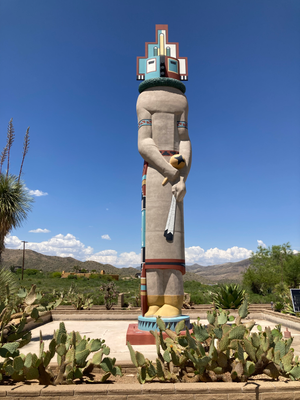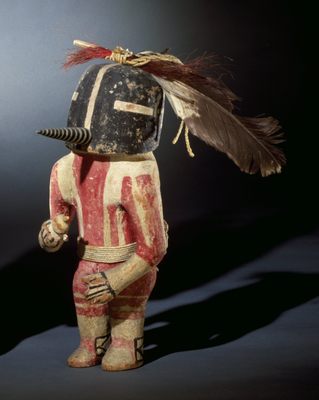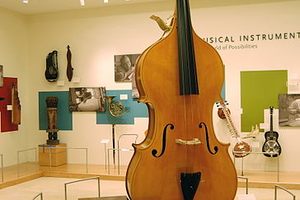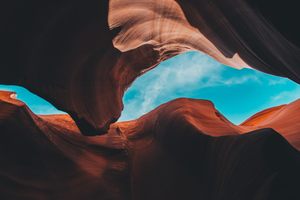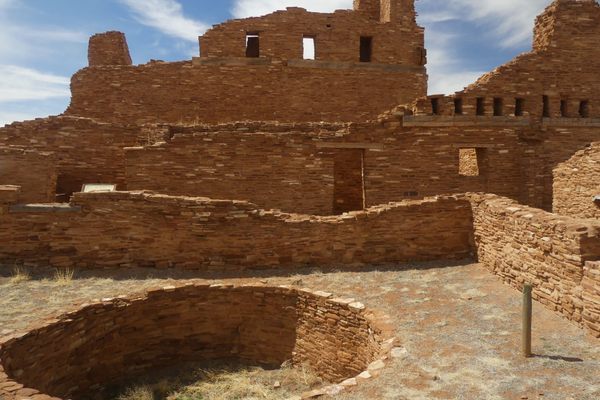About
Traveling across Arizona, one is bound to encounter kachina dolls as souvenirs in gift shops. These figures made from cottonwood roots, however, are not playthings but rather representations of Indigenous Puebloan spirits known as katsinam (singular: katsina). They are in charge of elements of nature and connect the world of humans with that of spirits. The figures instructed young Puebloans about this central part of their religion.
As the United States subjugated Native Americans and disrupted their ways of life, many Puebloans turned to tourism to make a living. This included creating Kachina dolls to sell to tourists. Many non-Native Americans were inspired by those artworks and began erecting giant versions of the dolls. In the tradition of small American towns creating "world's largest" novelty sculptures, this statue stands 39 feet tall and weighs 14.5 tons, towering above an otherwise nondescript residential subdivision at the edge of Tonto National Forest.
The massive kachina was constructed around 1970 by Carl Ludlow from nine pieces of concrete and steel manufactured in Phoenix and assembled here. It was designed by Raymond Phillips Sanderson, whose work is found throughout Arizona and includes a number of New Deal commissions. The katsina specifically depicted here is the Corn Maiden Dancer, who is involved in the grinding of corn, a staple crop among the Puebloans.
The statue is the property of the Tonto Hills Volunteer Fire Department, which takes donations to fund its maintenance and fire fighting.
Related Tags
Community Contributors
Added By
Published
December 2, 2024

